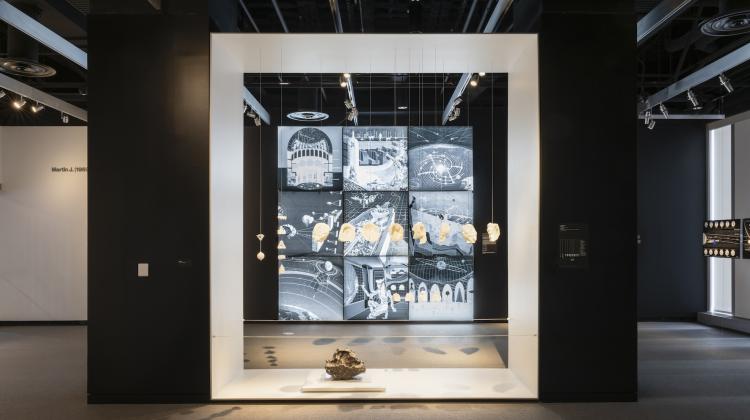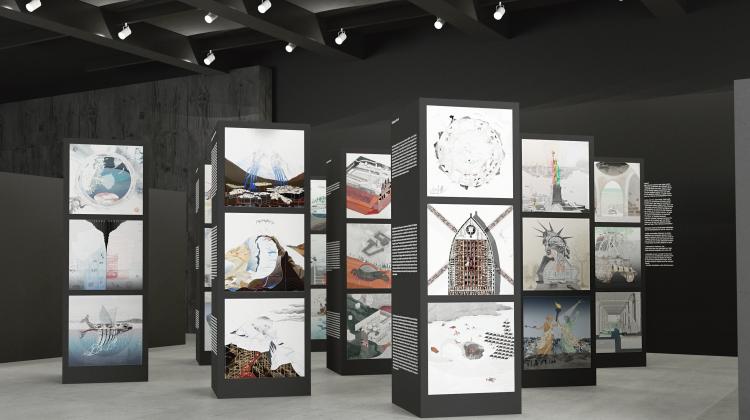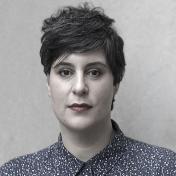Rania Ghosn
Rania Ghosn is Associate Professor of architecture and urbanism at the Massachusetts Institute of Technology—where she is Director of the SMArchS Urbanism program—and founding principal of DESIGN EARTH.
Her work makes public the climate crisis by charting how technological systems have transformed the earth and imagining ways of living with such legacy geographies on a damaged planet. The work of Design Earth is in the New York Museum of Modern Art permanent collection and has been exhibited internationally, including at Venice Biennale (2016, 2018, 2021, 2025), V&A Museum, Bauhaus Museum Dessau, SFMOMA, Shenzhen Bi-city Biennale of Urbanism/Architecture, Tallinn Architecture Biennale, Matadero Madrid, Milano Triennale, Sursock Museum in Beirut, Oslo Architecture Triennale, and Seoul Biennale of Architecture and Urbanism. She is co-author of Geostories: Another Architecture for the Environment (3rd ed. 2022; [2018]), Climate Inheritance (2023), The Planet After Geoengineering (2021), and Geographies of Trash (2015). Her ongoing project "Elephant in the Room and Other Fables" is an animation series of animal figures from Natural History museums to reimagine cultural institutions for climate action. Her writing has been published in Log, Perspecta, Avery Review, Architectural Design, Journal of Architectural Education, New Geographies, Volume, San Rocco, Science Fiction Studies, Thresholds, [bracket], and in numerous edited volumes on infrastructure, technology, pedagogy, and climate. She was founding editor of the journal New Geographies (2008–13) and editor of its issue "Landscapes of Energy" (2010) and has recently served on the editorial board of the Journal of Architectural Education (2022–25), where she co-edited JAE 78.2 "Worlding. Energy. Transitions."
Ghosn is recipient of the United States Artist Fellowship, Architectural League Prize for Young Architects + Designers, and ACSA Faculty Design Awards for outstanding work in architecture and related environmental design fields as a critical endeavor. Her work has been supported by grants from the Graham Foundation, MIT Center for Art, Science & Technology (CAST), MIT Humanities, Arts, and Social Sciences (HASS), and Taubman College Research on the City, among others. She holds a Bachelor of Architecture from American University of Beirut, a Master of Geography from University College London, and a Doctor of Design from the Harvard Graduate School of Design.
The Planet After Geoengineering builds the worlds and tells the stories of geoengineering in three narrative media: drawing, animation, book.







